This page contains the detailed and easy notes for GCSE CCEA Physics Waves for revision and understanding Waves.
GCSE CCEA Physics Waves Complete Revision Summary
WAVES
Waves
- Transverse and Longitudnal Waves
- Properties of Waves
- Reflection of Waves
- Refractions of Waves
- Sound Waves
- Ultrasound
- Electromagnetic Waves
- Lenses
- BlackBody Radiation

TRANSVERSE AND LONGITUDNAL WAVES
Waves are oscillations or disturbance that transfer energy from one point to another.


TRANSVERSE AND LONGITUDNAL WAVES
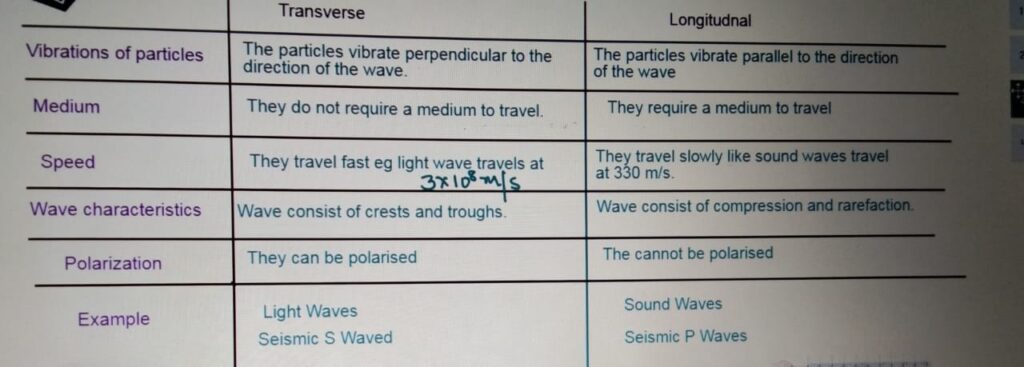
TRANSVERSE
LONGITUDNAL

PROPERTIES OF WAVES
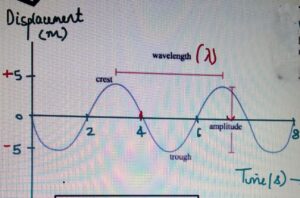
Wave Speed
It is the distance travelled
by the wave each second.
Crest
It is the height of the
wave.
Amplitude
It is the maximum displacement
of the wave from the mean
position.
In the example it is 5 m
Frequency
It is the number of waves
passing each second.
It is measured in Hertz (Hz)
F = 1/T 1/4
=0.25H3
Wavelength
The distance between
two consecutive crests
or trough.
Time Period
The time it takes for one
wave to travel.
In the example, one wave
is completed in 4 second.
Trough
It is the depth of the wave.
WAVE SPEED
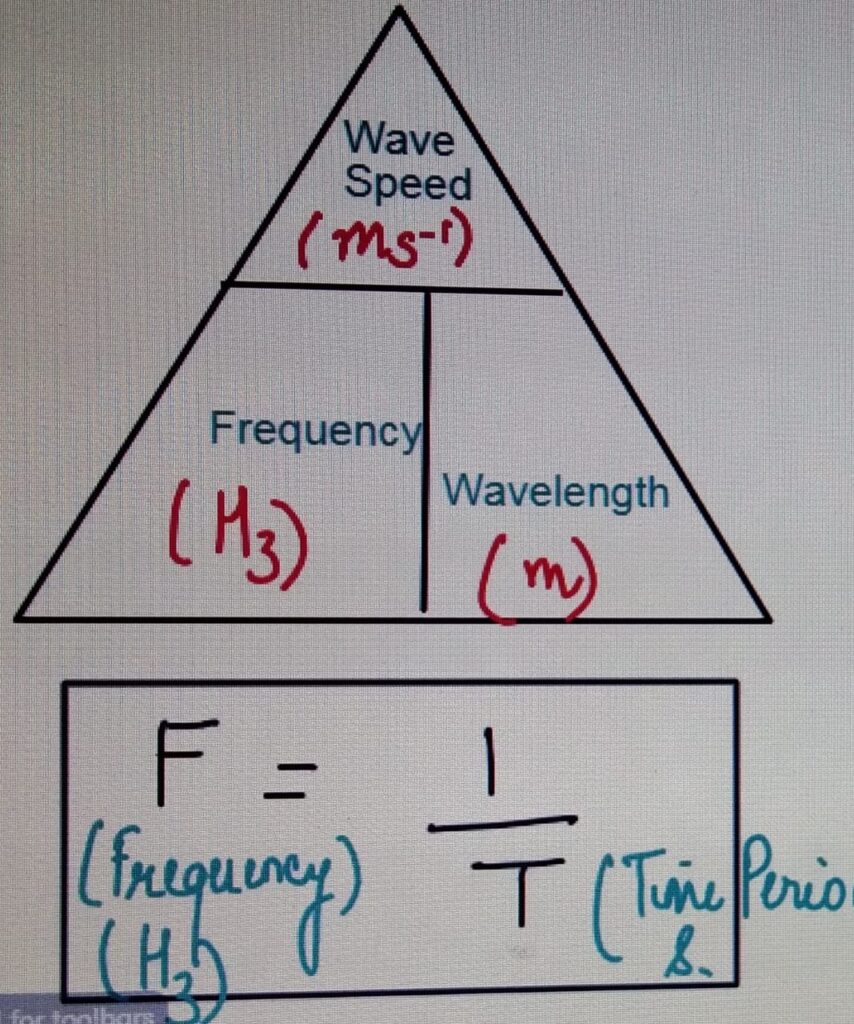
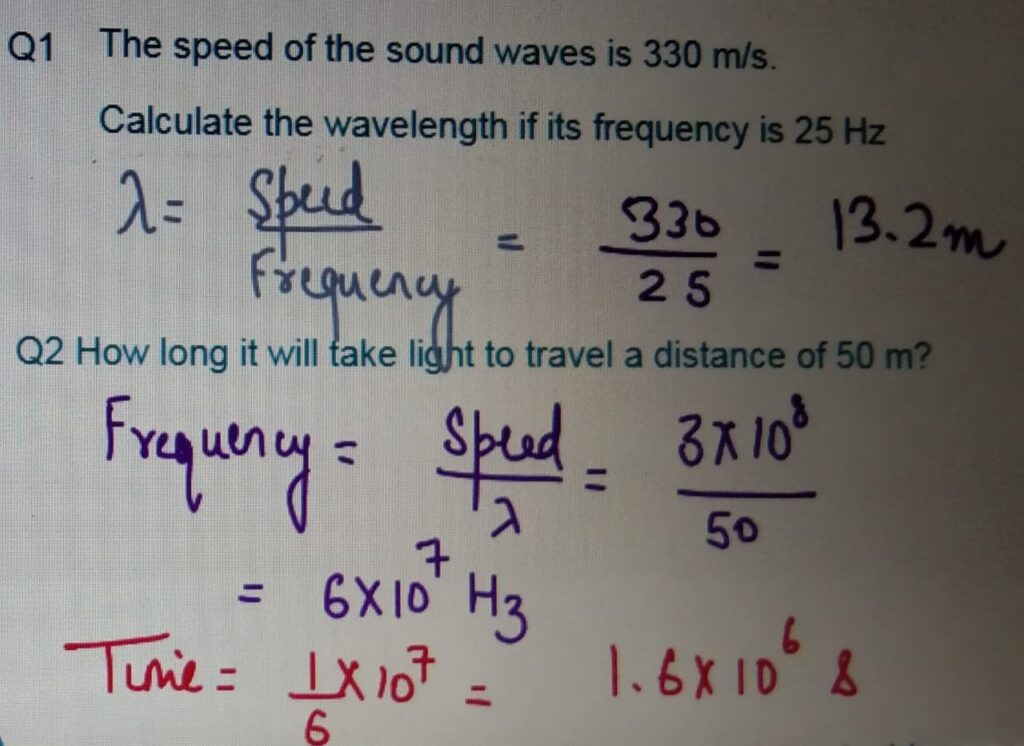
REFLECTION
- It is the line perpendicular
to the surface where reflection
occurs. - It is the ray incident
on the surface. - Angle of incidence is the
angle between the incident
ray and the normal. - It is the ray which is
reflected from the surface. - Angle of reflection is the angle
between the reflected ray and
the normal.
Reflection is the phenomenon of bouncing
off the wave when it hits a medium.
eq: Reflection of light wave when it hits a plain
mirror.
LAWS OF REFLECTION
a) Incident ray, reflected ray
and normal are in the same
plane.
b) The angle of incidence
is equal to the angle
of reflection.
[download_after_email id=”5793″]
IMAGE OF A PLANE MIRROR

- It is a virtual image
- Laterally Inverted
- Upright
- The same distance from the source.
| REAL IMAGE | VIRTUAL IMAGE |
| 1. Image can be obtained on a screen. | 1. Image cannot be obtained on a screen |
| 2. The rays actually meet where the image is formed. | 2. The rays happen to meet where the image is formed. |
| eg Images of the cinema |
TYPES OF REFLECTION
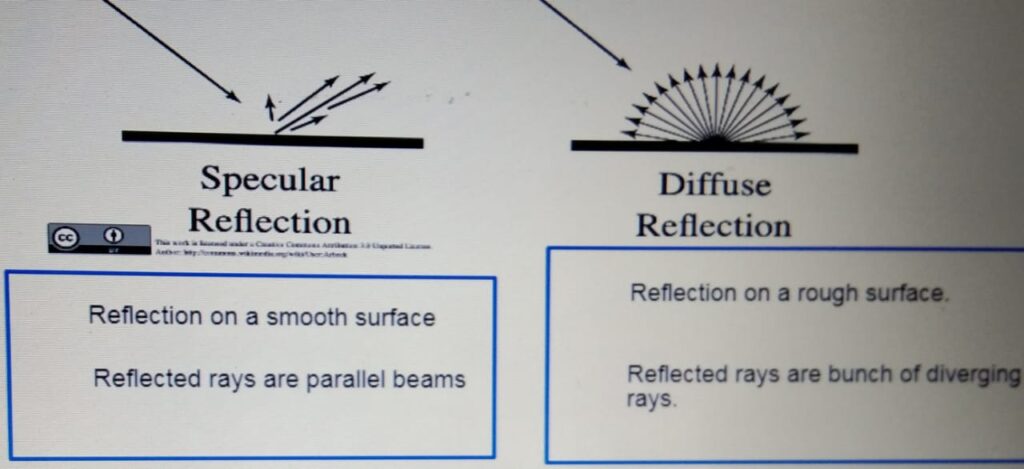
REFRACTION
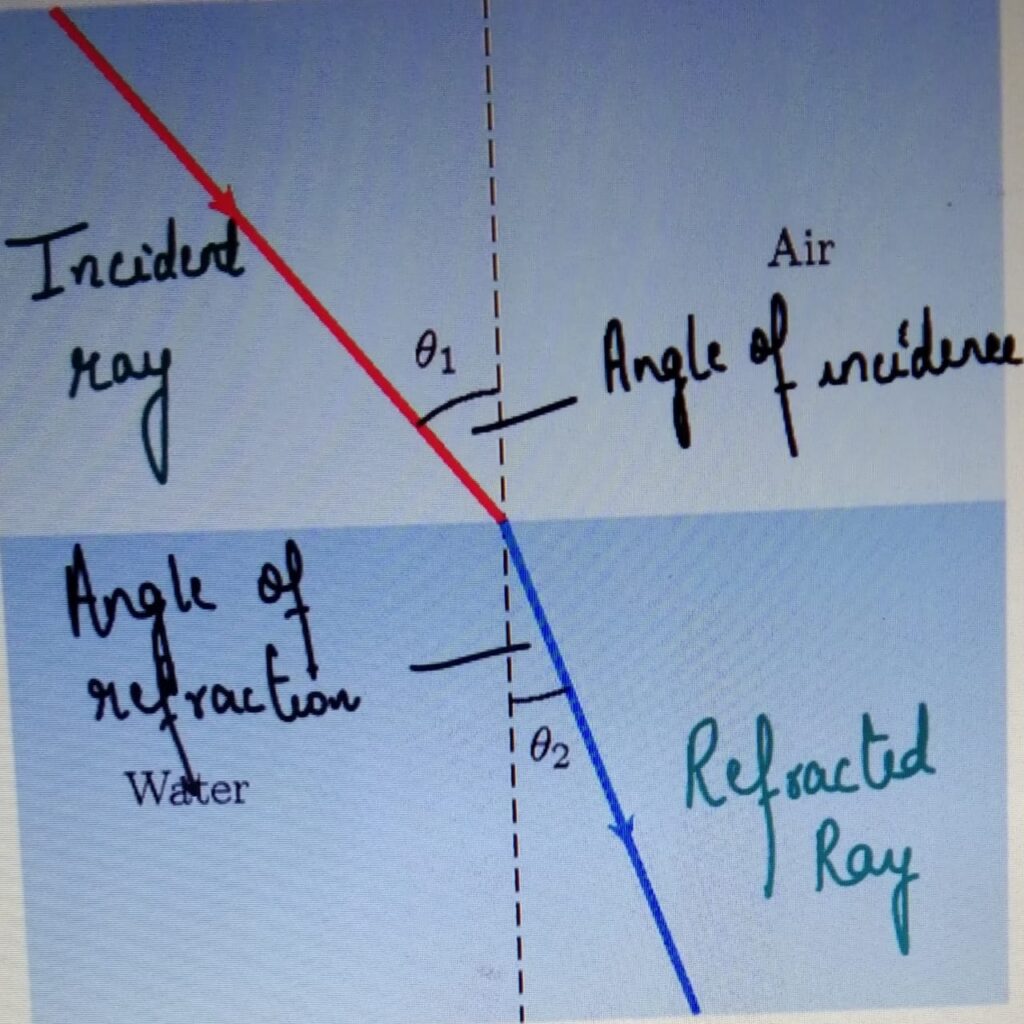
- Bending of light as it travels from one medium to another.
- Light bends because speed of light is different
in different medium. - If the light is travelling from rarer to denser medium then
it bends towards the normal. ∠r < ∠i - If the light is travelling from denser to rarer medium then
it bends away from the normal.∠r > ∠i

The pencil appears to be
broken as the light is
refracted in water.
VISIBLE LIGHT
Visble light is a spectrum of 7 colours VIBGYOR

Each colour has its own freqency and wavelength.
The visible colour of the object will be the colour that is reflected by the object.
Opaque Object
Opaque objects
does not allow the
light to be transmitted
but absorb all
the light.
eg Book,
Translucent Object
These objects
allow some part
of the light to be
transmitted.
eg Plastic
Transparent Object
They allow the
light to be transmitted
through them
without any absorption
eq glass

SOUND WAVES

- They are longitudnal Waves.
- Sound does not travel through a medium.
- Sound requires a medium to travel.
- Sound wave is characterized by compression and
rarefaction. - In sound waves, particles vibrate parallel
to the direction of the wave.

The speed of the sound wave is 330m/s.

Human hearing range
20 Hz to 20,000 Hz
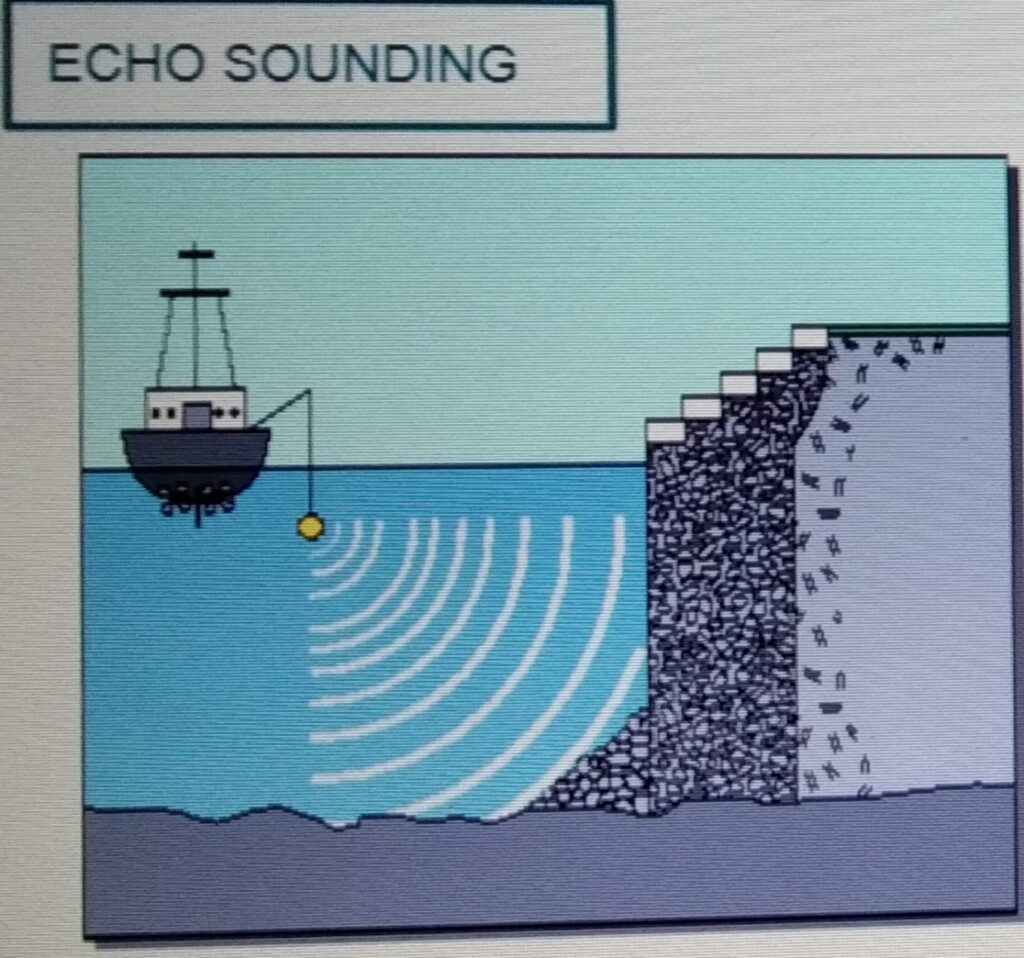
In Echo sounding, high frequency sound waves are sent to determine
the depth or find any object.
The time taken by the sound to come back is noted for the known speed
of sound.
S = vt/2
ULTRASOUND
It is the frequency of sound greater than 20,000 Hz.

ADVANTAGES
- 1. They are non ionizing and
harmless. - 2. They are partially reflected
at the boundaries between
different tissues, so they
can scan even the soft tissues.
USES
1. Used in prenatal scanning.
2. Used to determine the depth of
the sea or the obstacle inside
3. Industrial Imaging .
4. Detecting flaws in metal castings.
water.
USES OF ULTRASOUND
ULTRASOUND SCANNER
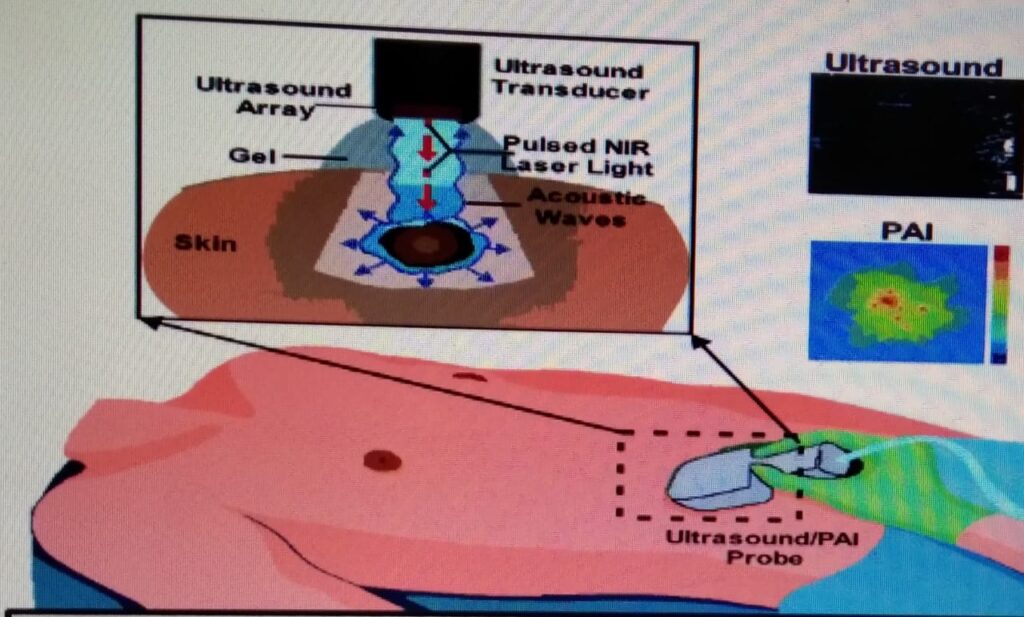
Transducer sends ultrasound waves. It crosses
the body and reflected from the tissues. The Transducer
detects the waves reflected from the tissues and the
image is diplayed on the screen in the form of scans.
SONAR
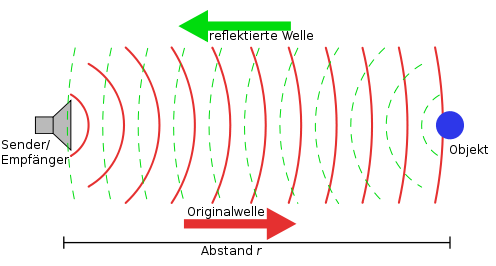
- Ultrasound waves are used to measure
the depth of the sea or find the obstacle
under water. - In SONAR, ultrasound is sent to determine
the depth or find any object. - The time taken by the sound to come back is noted
for the known speed
of sound.
STRUCTURE OF THE EARTH
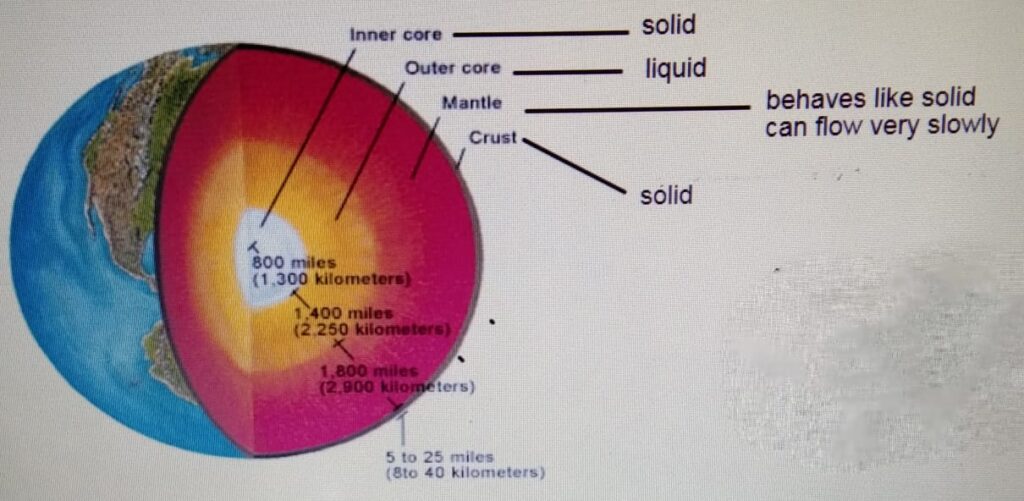
The crust and the upper mantle cracks and
forms the tectonic plate. The Tectonic
Plates causes Earthquake.
SEISMIC WAVES
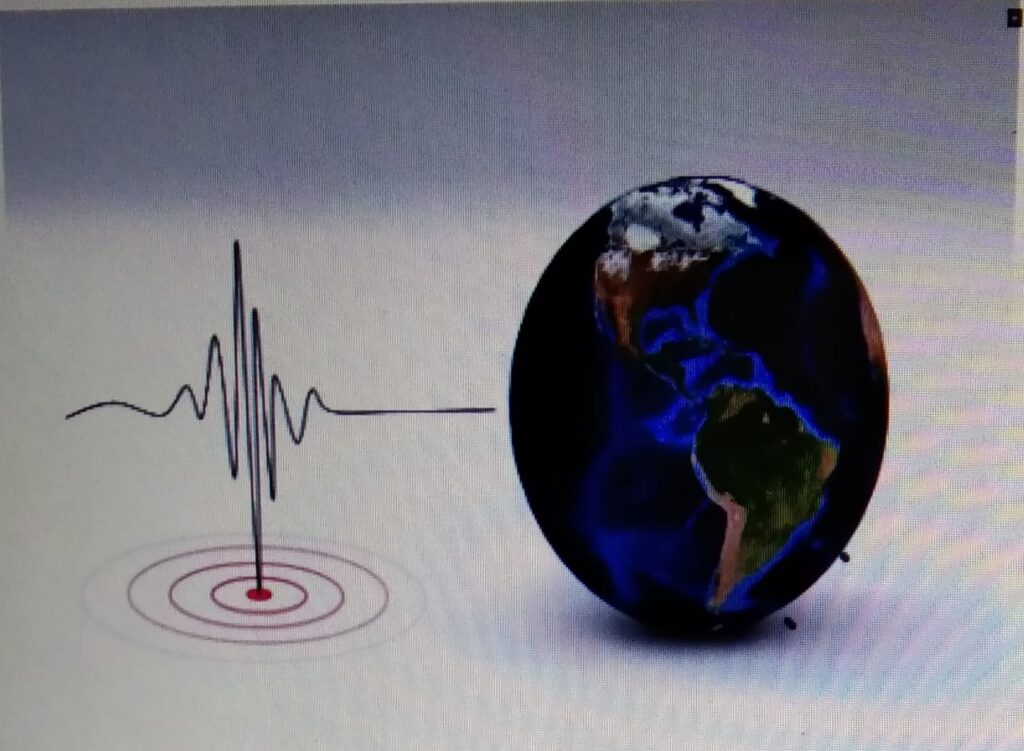
- Earthquake takes place
when the rocks or the tectonic
plates in the Earth’s Crust
or the upper Mantle Moves
due to forces inside the Earth. - Seismic Waves are the shock waves
which originate when the forces inside
the earth moves the rocks or
the tecctonic plates. These waves travel
through the Earth and also across its surface. - The Earthquake are detected by Seismometer.
- The focus is the
point from where
the Earthquake
originates. - Seismology is the study of
Seismic Waves. - The nearest point on the surface of the
focus is the epicenter.
SEISMIC WAVES
| P-Wave | S-Wave |
· They are longitudinal · They are faster than · They can travel through · They can pass through | · They are transverse · They are slower than other waves · They travel through · S-waves cannot pass |
- Shadow Zones are the place
where no P and S waves are detected. - S shadow zones where no S wave
and only P waves are detected.
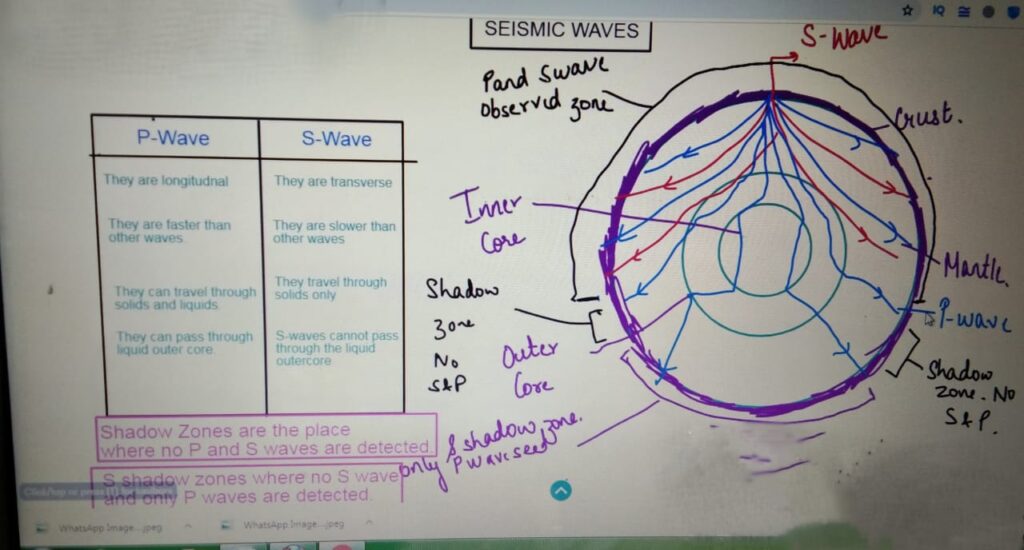
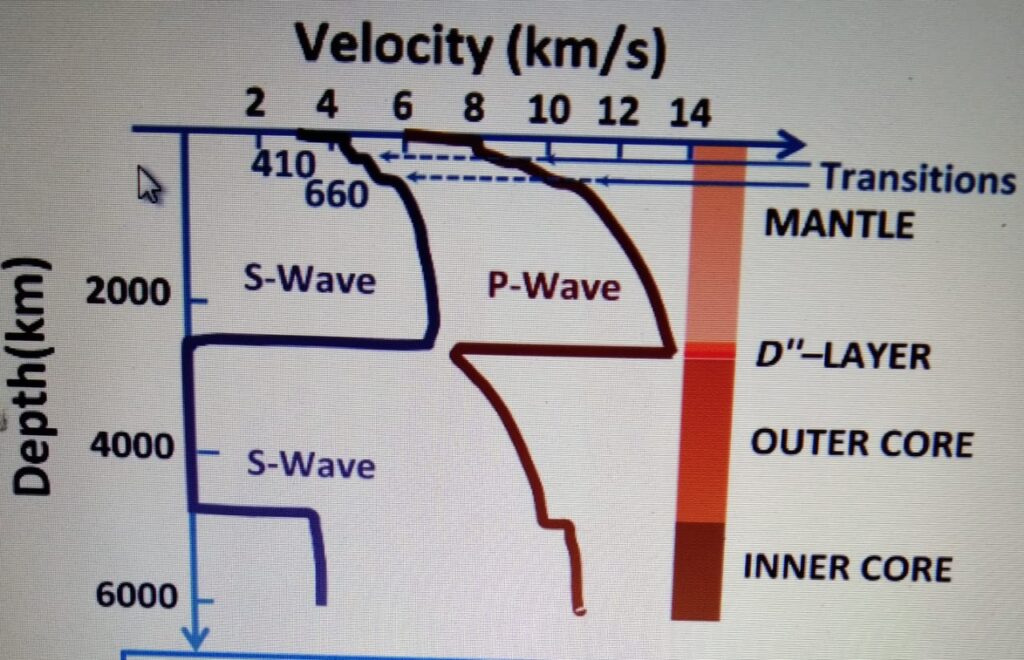
P and S Wave travel through the Mantle
changing directions with depth.
P waves refract at the boundary between mantle and outer core.
S waves being transfer do not travel through liquid outer core.
1. Liquid Outer core under the Mentle.
Shadow zones are detected as P waves refract twice.
Once while entering the core from the mantle
and leaving the core from the mantle. Since
the refraction is further away forming shadow
zones it suggests a liquid outer core under the mantle.
2. Solid Inner Core
Weak P waves in the shadow zones caused by the
refraction of P waves while crossing the boundary
between outer core and inner core.
Long (L-waves) travel the slowest.
They happen only in the Earth’s
crust and they cause more violent
movements.
ELECTROMAGNETIC SPECTRUM
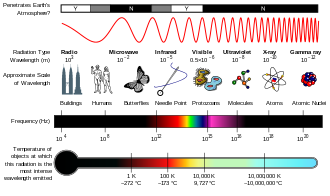
- It is the spectrum with all the
electromagnetic waves arranged
in the order of the increasing wavelength
or frequency. - Electromagnetic waves are electric
and magnetic disturbances that transfer
energy (no matter)
from one point to another. - All the electromagnetic waves travel
with the speed of light-3 x10 8m/s - The frequency and the wavelength can
be given by the formuale :- V = Fλ
ELECTROMAGNETIC SPECTRUM
MNEMONIC
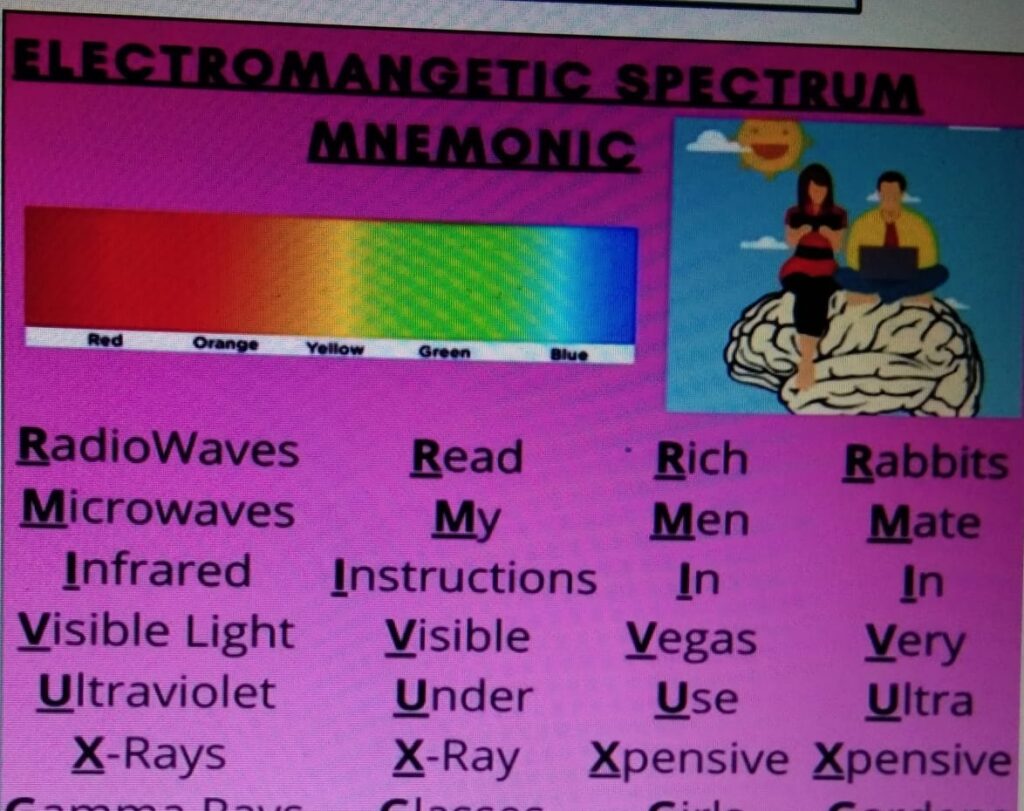
GAMMA RAYS
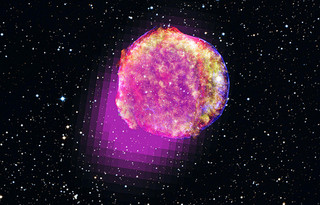
SOURCE
Gamma rays are produced when
the radiactive substance emit
nuclear radiations.
PROPERTIES
- They have the lowest wavelength.
- They have highest frequency.
- They travel with the speed of light.
USES
1. They are uses to disinfect food
and surgical equipment.
2. It is used to kill cancer cells. In
gamma treatment, the cobalt 60 is
used to direct the gamma radiation to
the cancer cells and kill it without
affecting the surrounding tissue.
DISADVANTAGES
1. Gamma Rays are highly ionizing.
2. Exposure to low dose of Gamma Rays can cause
gene mutation, DNA damage and even cancer.
3. Exposure to high dose of Gamma radiation
can caused killing of the cell.
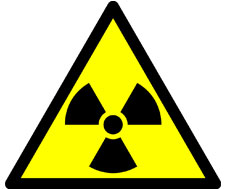
X-RAYS
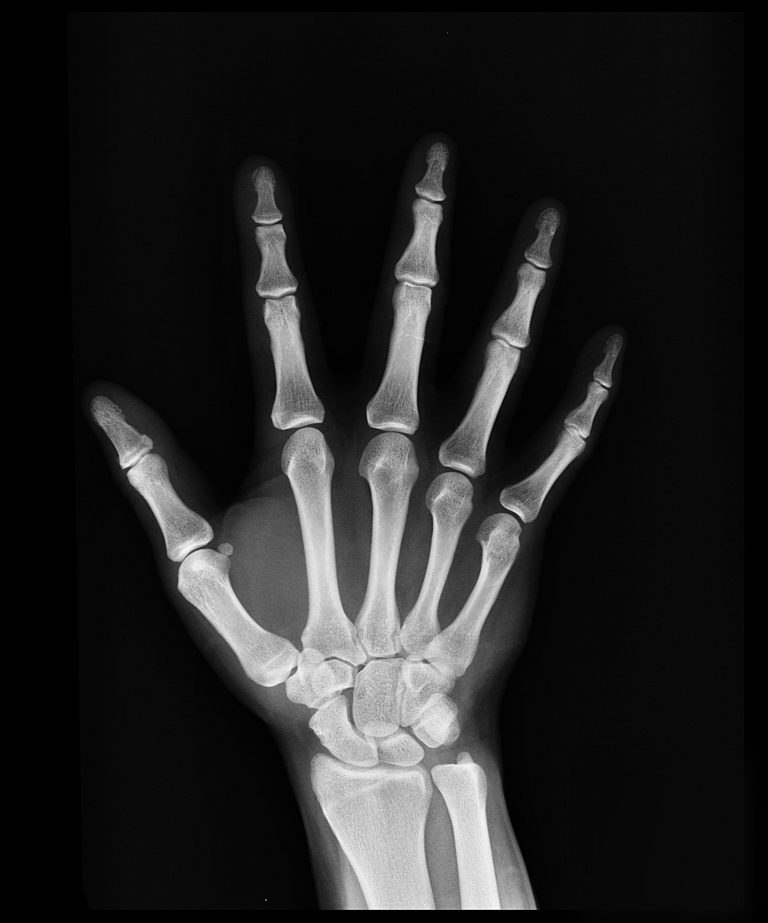
SOURCES
They are produced by stopping
high speed electrons.
PROPERTIES
1. They are electromagnetic wave which travels
with the speed of light.
2. They have wavelength greater
than Gamma Rays but smaller than
ultraviolet rays.
3. They have lower frequency than
Gamma Rays but greater than
ultraviolet rays.
4. Their wavelength is about the diameter
of the atom.
USES
1. Shorter wavelength X-rays are
used in X-ray therapy
to kill cancer cells without
destroying the healthy cells.
2. Longer wavelength X-rays are used
to photograph the internal structure
of the body.
DISADVANTAGES
1. X-Rays are highly ionizing
2. Exposure to a low dose of Gamma Rays can cause
gene mutation, DNA damage and even cancer.
3. Exposure to a high dose of Gamma radiation
can caused killing of the cell.
HOW X-RAYS WORK ?
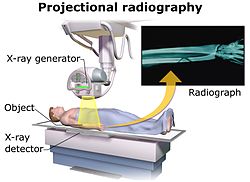
- X-rays are passed through the body.
- The X-rays passes through the soft tissues but are
absorbed by the bones and harder tissues. - The X-rays that pass through the softer areas reach
the detector and appears to be black whereas the
rays that are absorbed do not reach the detector
and appears light in the image. - If any organs containing softer tissues needs to be
photographed then patient is given a contrasting
medium like Barium which becomes a good absorber
of X-rays and helps the photography of that organ. - The detector contains the charged coupled device CCD
which converts X-rays to light which then creates electronic
signal which are used by the computer to make a digital
image.
ULTRA VIOLET RAYS
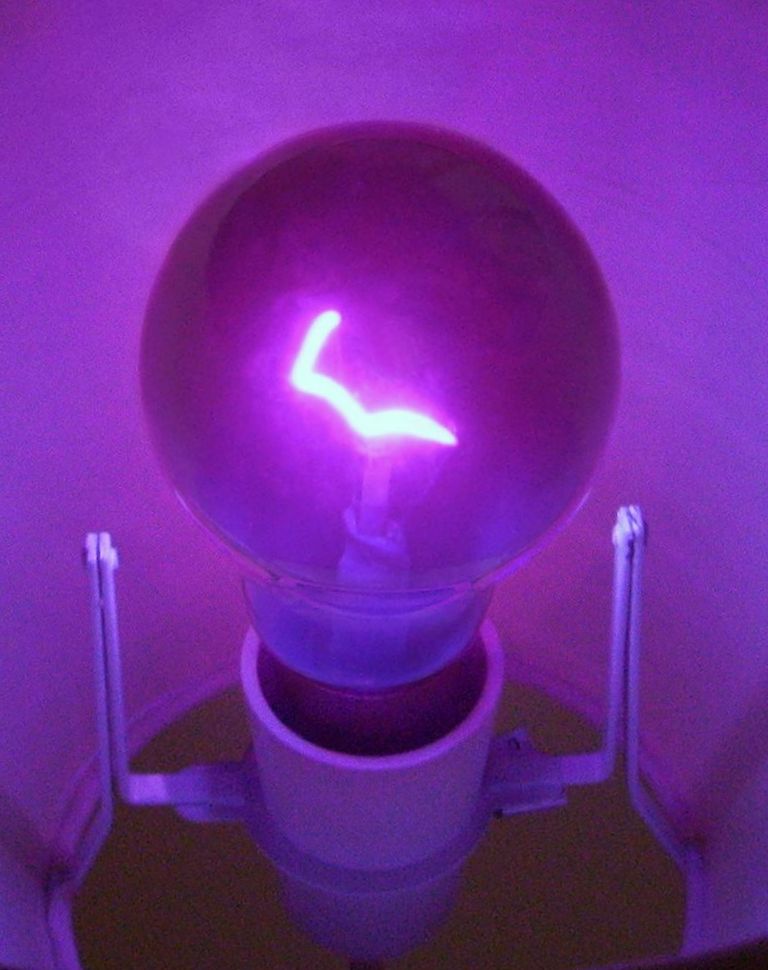
SOURCE
1. They are produced from the Sun.
The Sun is the source of ultraviolet
rays.
PROPERTIES
1. They are electromagnetic wave which travels
with the speed of light.
2. They have wavelength greater
than X-Rays but smaller than
Violet light.
3. They have lower frequency than
X- Rays but greater than
violet light.
USES
They are uses as fluorescent markers
or fluorescent lamps which contains the
chemical which converts UV Light
to Visible Light.
DISADVANTAGES
1. They can cause sunburn and suntan
2. They can also lead to skin cancer.
3. They can also lead to blindness.
VISIBLE LIGHT

SOURCE
1. Sun and lamps emits light
2. It is the only part of the
specturm which is visible.
PROPERTIES
1. It is made up of 7 colours
2. VIOLET
INDIGO
BLUE
GREEN
YELLOW
ORANGE
RED
3. When the white light is passed
through the prism, it can give the
spectrum of colours.
USES
- Light is used in a camera to take
the picture. - Light is also used in Light Microscope
- Light helps to see the object.
- Light waves are also used in
communication.
DISADVANTAGES
Too much exposure to visible light
can lead to cancer, blindness and
skin damage.
INFRA RED WAVES
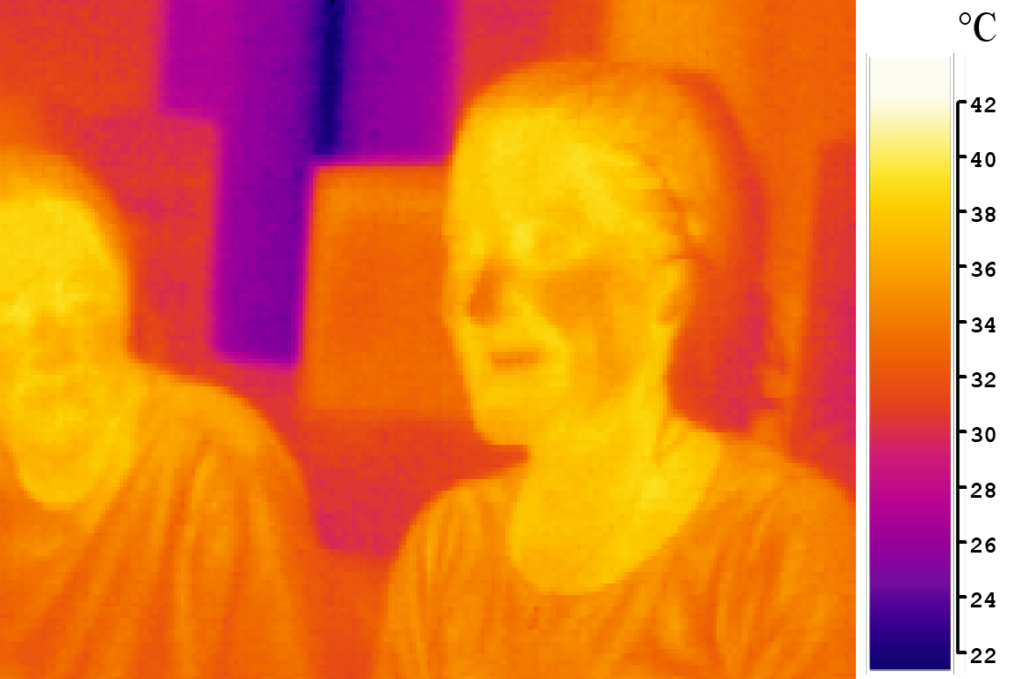
SOURCE
- All the hot objects like Kettle, Toaster,
Radiator emits infrared radiation.
PROPERTIES
1. They are electromagnetic wave which
travels
with the speed of light.
2. They have wavelength greater
than visible light but smaller than
Microwaves.
3. They have a lower frequency than visible
light but greater than
microwaves.
USES
1. They are used in optical fibres
for communication.
2. They are used in remote
controls.
3. They are used as infrared
scanners to detect heat produced
by the body and unhealthy
tissues
4. Infrared cameras helps
to see objects in dark.
DISADVANTAGES
1. They can cause sunburn and suntan
2. They can also lead to skin cancer.
3. They can also lead to blindness.
MICROWAVES
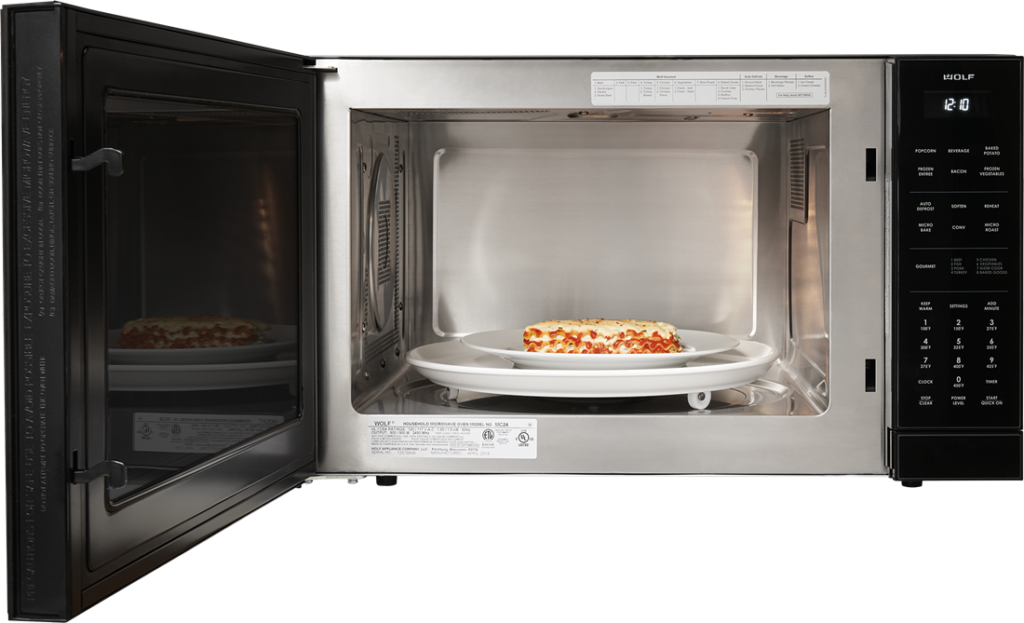
The water in the food
absorb microwaves and
become heated and heats the
food preventing the microwave
from heating as it has no water.
SOURCE
- They are emitted as Cosmic Microwave
Background Radiation. Sun also emits
some microwaves.
PROPERTIES
1. They are electromagnetic wave which
travels
with the speed of light.
2. They have wavelength greater
than infrared light but smaller than
Radiowaves.
3. They have a lower frequency than
infrared light but greater than
radiowaves.
4. They are found between Radiowaves
and Infrared Waves.
USES
1. They are used in communication.
2.They are used in satellite TV.
3. They are used in cooking.
4. They are used to carry mobile phone
signal.
DISADVANTAGES
1. Exposure to microwaves can heat
the body tissues.
2. Exposure to high dose of
microwaves can cause eye damage
and even cataract.
RADIOWAVES
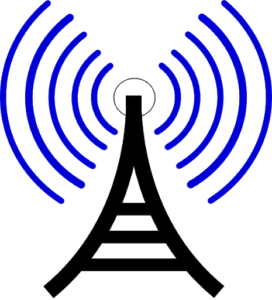
SOURCE
Radio waves can be generated by natural sources
such as lightning or astronomical phenomena; or
by artificial sources such as broadcast radio
towers, cell phones, satellites and radar.
PROPERTIES
1. They are electromagnetic wave which
travels
with the speed of light.
2. They have the highest wavelength.
3. They have the lowest frequency.
USES
- They are used in communication
to carry TV, radio and mobile
signals. - They are used in wireless connection
and bluetooth connection.
DISADVANTAGES
1. Exposure to radiowave can heat
the body tissues.
2. Exposure to high dose of
radiowaves can cause eye damage
and even cataract.
LENSES
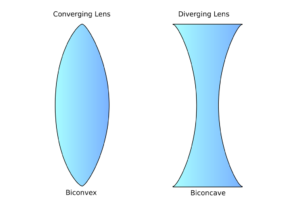
They are used to refract the light and forms the image of an
objects. They are used in camera.
| CONVEX LENS | CONCAVE LENS |
1. It is a converging lens 2. It is thicker at the center 3. It has a real focus 4. It converges a parallel 5. It is used in microscope, 6. Used to correct short sight | 1. It is a diverging lens. 2. It is thinner at the center 3. It has a virtual focus 4. It diverges a parallel beam 5. Used in some telescopes 6. Used to correct long sight. |
CONCAVE LENS
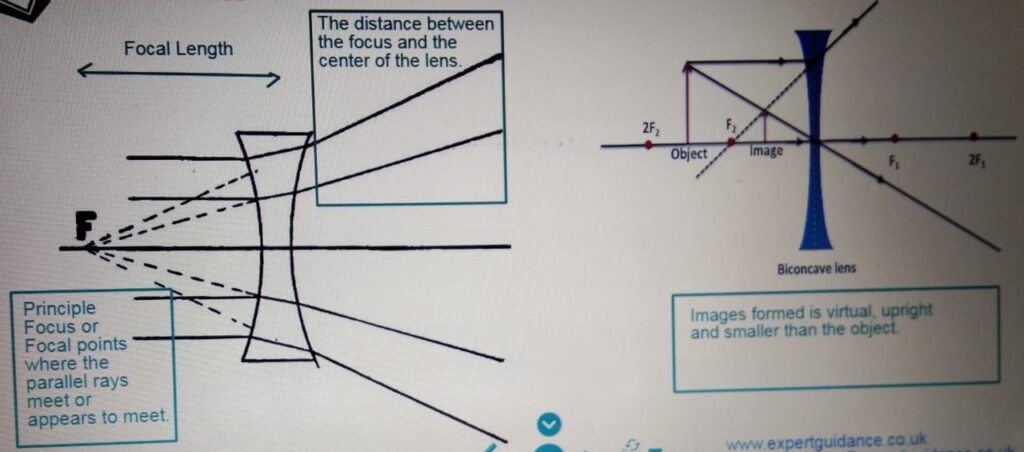
mages formed is virtual, upright
and smaller than the object.
CONVEX LENS
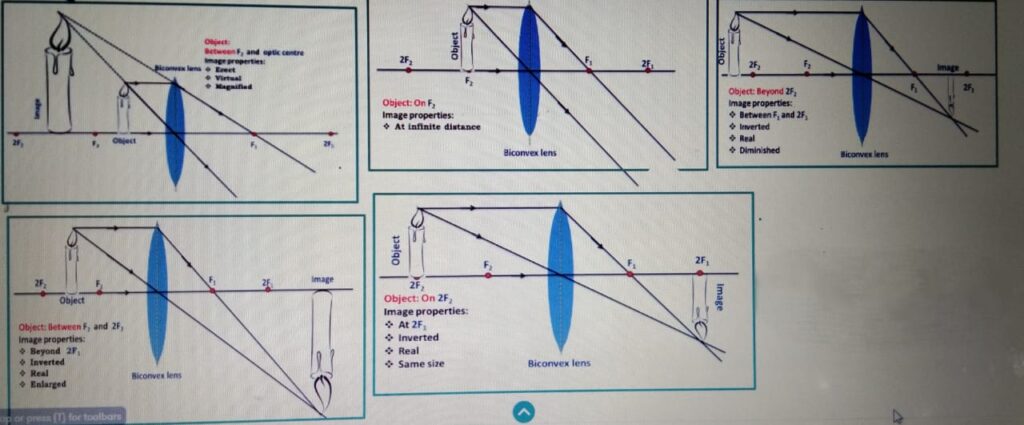
KEY TERMS
- Waves:- Waves are oscillations or disturbance that
transfer energy from one point to another. - TRANSVERSE WAVES:- In transverse waves, the oscillations move
perpendicular to the direction of the wave. - CRESTS :- It is the height of the wave.
- AMPLITUDE :- It is the maximum displacement
of the wave from the mean
Position. - LONGITUDNAL WAVES :- In longitudnal waves, the oscillations move
parallel to the direction of the wave. - FREQUENCY :- It is the number of waves
passing each second.
It is measured in Hertz (Hz) - WAVE SPEED:- It is the distance travelled
by the wave each second. - TROUGH :- Trough
It is the depth of the wave. - TIME PERIOD :- The time it takes for one
wave to travel. - WAVELENGTH :- The distance between
two consecutive crests
or trough. - REFLECTION :- Reflection is the phenomenon of bouncing
off the wave when it hits a medium.
eq: Reflection of light wave when it hits a plain
Mirror. - REFRACTION :- 1. Bending of light as it travels from one medium to
another.
2. Reflection on a smooth surface.
3. Reflection on a rough surface.
- OPAQUE :- Opaque objects
does not allow the
light to be transmitted
but absorb all
the light. - TRANSLUCENT :- These objects
allow some part
of the light to be
transmitted. - TRANSPARENT :- They allow the
light to be transmitted
through them
without any absorption. - ULTRASOUND:- It is the frequency of sound greater than 20,000
Hz. - EARTHQUAKE:- Earthquake takes place
when the rocks or the tectonic
plates in the Earth’s Crust
or the upper Mantle Moves
due to forces inside the Earth. - SEISMOLOGY:- Seismology is the study of
Seismic Waves. - SEISMIC WAVES:- Seismic Waves are the shock waves
which originate when the forces inside
the earth moves the rocks or
the tecctonic plates. These waves travel
through the Earth and also across its surface. - ELECTROMAGNETIC SPECTRUM:- It is the spectrum with all the
electromagnetic waves arranged
in the order of the increasing wavelength
or frequency. - FOCUS:- Principle
Focus or
Focal points
where the
parallel rays
meet or
appears to meet. - LENS:- They are used to refract the light and forms the
image of an
objects. They are used in camera. - CONVEX LENS:- 1. It is a converging lens.
- CONCAVE LENS:- 1. It is a diverging lens.
- FOCAL LENGTH:- The distance between
the focus and the
center of the lens.
Disclaimer:
I have tried my level best to cover the maximum of your specification. But this is not the alternative to the textbook. You should cover the specification or the textbook thoroughly. This is the quick revision to help you cover the gist of everything. In case you spot any errors then do let us know and we will rectify it.
References:
BBC Bitesize
Wikipedia
Wikimedia Commons
Image Source:
Wikipedia
Wikimedia
Commons
Flickr
Pixabay
Make sure you have watched the above videos and are familiar with the key definations before trying these questions. It is also good to time yourself while doing these questions so that you can work on the speed as well.
Electro Magnetic Waves
- Electromagnetic Waves 1 MS
- Electromagnetic Waves 1 QP
- Electromagnetic Waves 2 MS
- Electromagnetic Waves 2 QP
- Electromagnetic Waves 3 MS
- Electromagnetic Waves 3 QP
Electromagnetism
- Induced Potential, Transformers & National Grid 1 MS
- Induced Potential, Transformers & National Grid 1 QP
- Induced Potential, Transformers & National Grid 2 MS
- Induced Potential, Transformers & National Grid 2 QP
- Induced Potential, Transformers & National Grid 3 MS
- Induced Potential, Transformers & National Grid 3 QP
- Motor Effect 1 MS
- Motor Effect 1 QP
- Motor Effect 2 MS
- Motor Effect 2 QP
- Permanent & Induced Magnetism 1 MS
- Permanent & Induced Magnetism 1 QP
- Permanent & Induced Magnetism 2 MS
- Permanent & Induced Magnetism 2 QP

